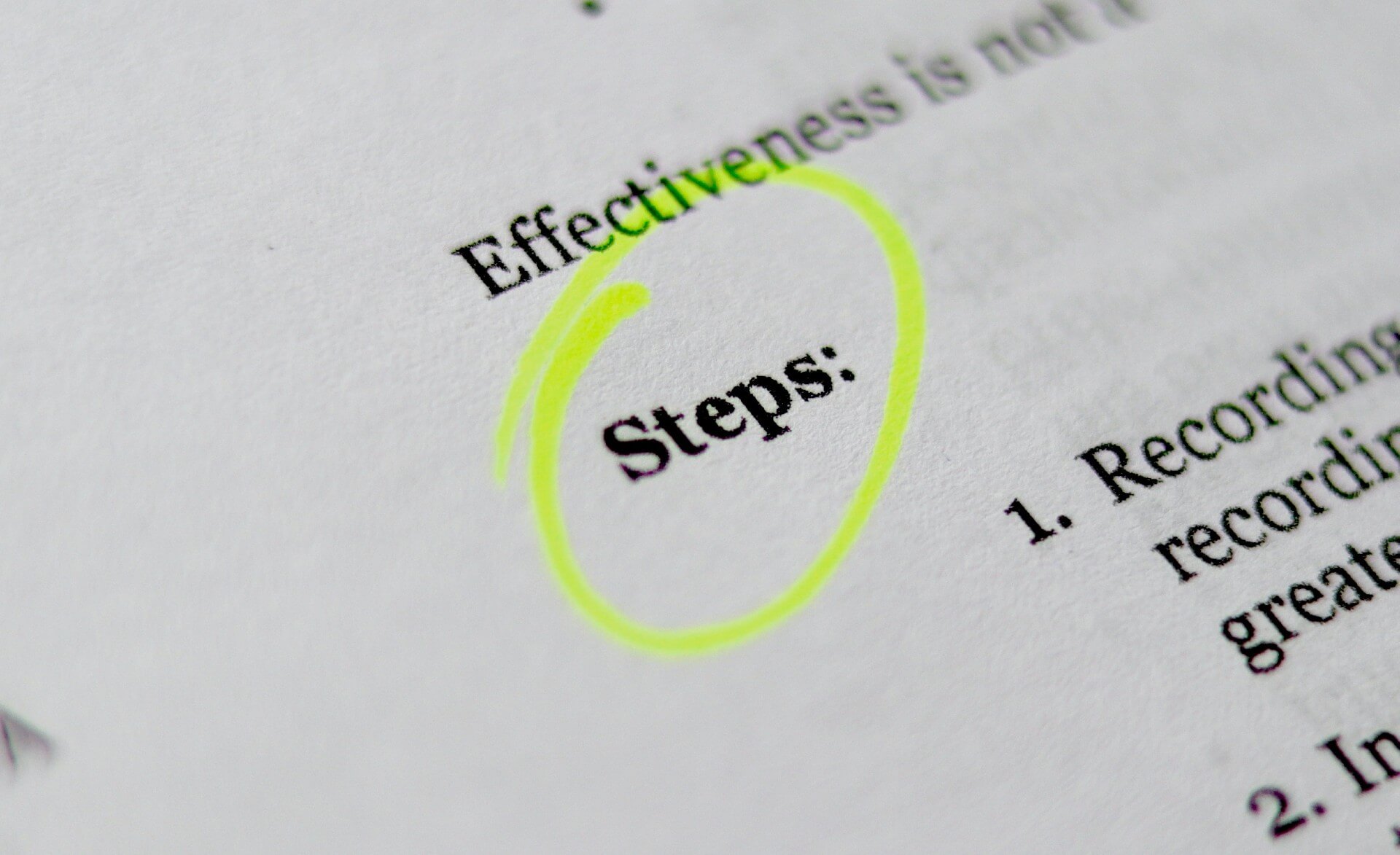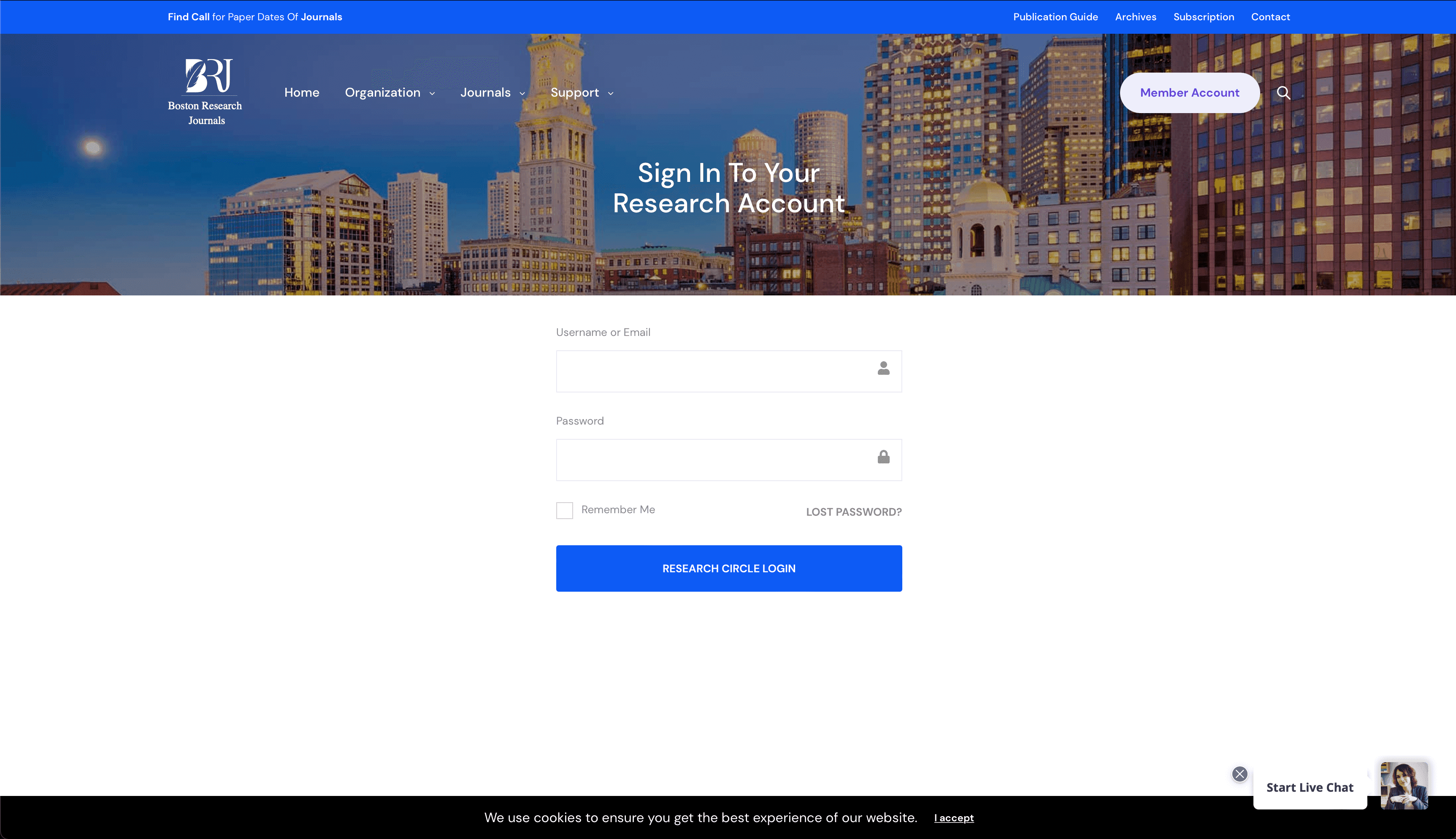The Boston Research Journals (BRJ) peer-reviewing process is a time-intensive process. Writing a review report can be as much work as writing a manuscript, but it is worthwhile for both the reviewer and the community. BRJ reviewing process ensures the scientific process’s rigorous standards by participating in the peer-review system. BRJ encourages the reviewers to uphold the journal’s integrity by identifying invalid research and helping maintain the journal’s quality. BRJ reviewers fulfill a sense of obligation to the community and their own area of study. BRJ reviewers establish relationships with reputable colleagues and their affiliated journals and increase their opportunities to join an Editorial Board. Reviewers help prevent ethical breaches by identifying plagiarism, research fabrication, and other problems because of their familiarity with the subject area.

BRJ peer-review process covers all the aspects of peer-reviewing in a multi-staged approach that is both rigorous and comprehensive, along with thorough, in-depth questioning. BRJ comprises artificial intelligence tools that even help pick the most appropriate peer reviewer for reviewing a particular manuscript based on the reviewer’s skill set. BRJ peer reviewers may get to reciprocate professional courtesy, as authors and reviewers are often interchangeable roles – as reviewers, researchers “repay” the same consideration they receive as authors.
Reviewers evaluate article submissions to journals based on the necessities of that journal, predefined standards, and the differentia, totality, and accurateness of the research presented. They deliver feedback on the paper, propose improvements, and recommend to the editor whether to accept, reject or request changes to the article. The ultimate decision always rests with the editor, but reviewers play a substantial role in determining the outcome.
Peer-Reviewing requires an investment of time and a specific skill set. Before accepting a request to review, a reviewer must be enlightened about the in-depth peer-review process and the necessary measures required to accomplish a review. BRJ peer-reviewer has to go through the following steps in order to perform a peer review task on a manuscript:
Step 1: Log in to your Research Circle Account
Step 2: Access the Manuscript to Review
After you log in, you will have access to all the research manuscripts you have authored, edited, or reviewed before. The manuscript you are invited to review next will be available to view below, along with its current status.

Step 3: Commence the Peer Review Process
As you tap on view manuscript, you are given the option to download the manuscript in pdf format along with the information about the assigned registrar, editor, and AI reviewer of that manuscript provided next to it. Go through the manuscript and do an in-depth analysis and thorough study of the research, then get started with your assessment and reviewing process. After you are done reviewing, prepare your review report. You are then asked a set of enhanced peer review questions related to the research done on the manuscript. BRJ peer review process requires you to respond to that list of specific questions; you can consider these generic points below when preparing your review report:
- Examine the importance of the research question addressed in the manuscript (e.g., are objectives and justification clearly stated?).
- Assess the manuscript’s originality (contribution, addition of knowledge to scientific literature or field).
- Identify the strengths and weaknesses of the method described in the manuscript.
- Make specific valuable comments on the writing of the manuscript (e.g., writing, organization, figures, etc.).
- Offer specific comments on the author’s interpretation of the results and conclusions drawn from the results.
- In case applicable, comment on the statistics (for example, question if they are robust and fit-for-purpose and if the controls and sampling mechanisms are sufficient and well described).
You are entitled to answer those set of questions based on your findings of the research manuscript designated to you. The questions already contain a set of potential answers in the drop-down list menu. You can also add notes, remarks, and personal recommendations to the editors and authors in separate fields available. At the end of the questionnaire, you are directed to read and check the two essential checkboxes before deciding to submit your final review to the editor. The final submission will display the confirmation message of your submission on your screen and automatically notify the other reviewer, editor, and registrar about the same.

After Review Completion:
Once you have delivered your review, consider making use of BRJ Research Circle to ensure that you receive credit for your work. The platform provides a private profile page, certificates, editor recognition, and discounts for BRJ services.
Remember that, even after finalizing your review, you must treat the article and any linked files or data as confidential. This means you must only share them or information about the review with prior authorization from the editor.
Finally, we thank you sincerely on behalf of the journal, editors, and author(s) for the time you have taken to give your valuable input to the research.


